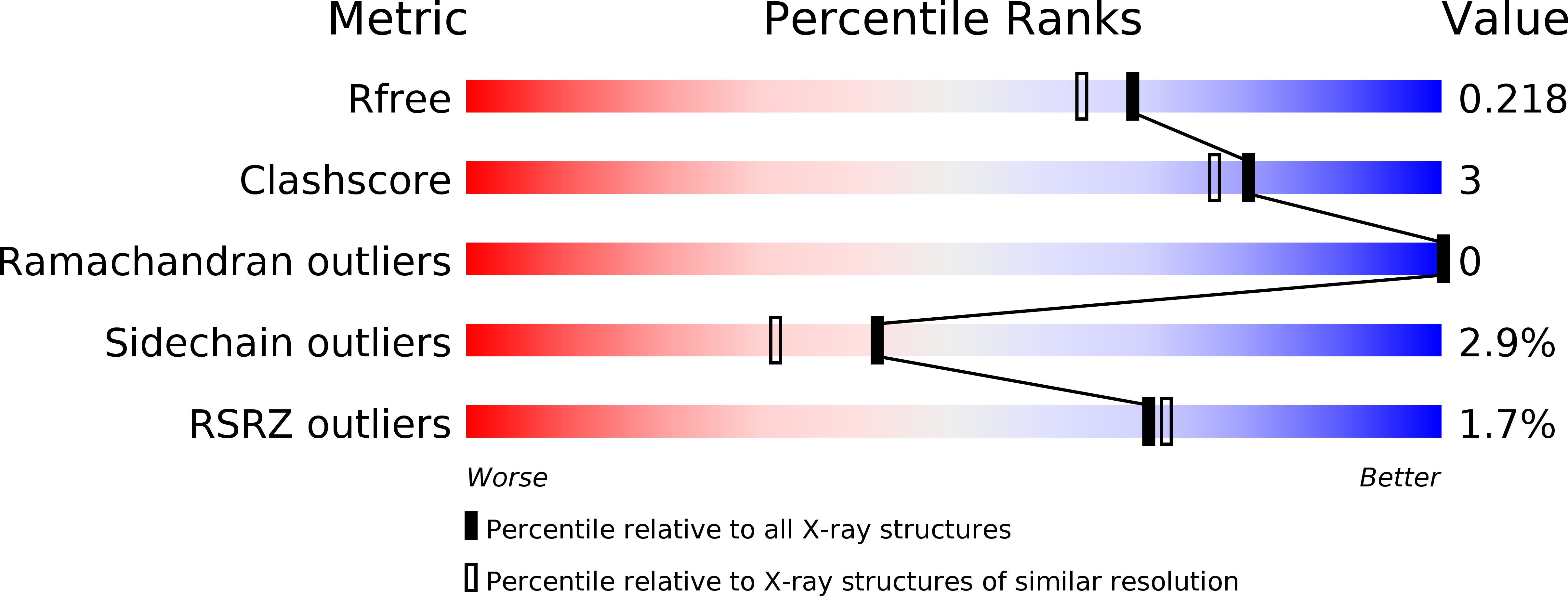
Deposition Date
2013-06-11
Release Date
2013-07-31
Last Version Date
2024-02-28
Entry Detail
PDB ID:
4L5R
Keywords:
Title:
Crystal structure of p202 HIN1 in complex with 20-mer dsDNA
Biological Source:
Source Organism:
Mus musculus (Taxon ID: 10090)
(Taxon ID: )
(Taxon ID: )
Host Organism:
Method Details:
Experimental Method:
Resolution:
1.87 Å
R-Value Free:
0.22
R-Value Work:
0.19
R-Value Observed:
0.19
Space Group:
P 1 21 1


